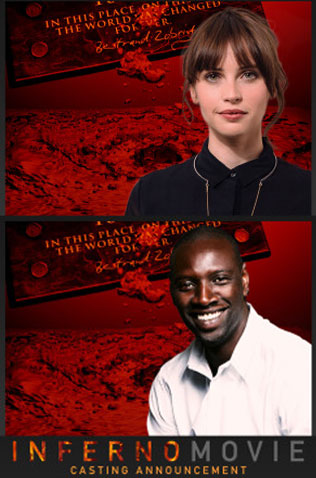
But my favourite has to be Sandro Botticelli. As revenge, he chews on his captor's head for all eternity.ĭante has inspired so many artists – from Rodin to Robert Rauschenberg. Dante leaves the story's ending horribly ambiguous – it seems that after the little boys died, the starving Ugolino ate them. In his 1822 painting The Barque of Dante, Delacroix shows Dante and Virgil being ferried across hellish waters in which lost souls struggle, while in Ugolino and His Sons, sculptor Jean-Baptiste Carpeaux portrays the most horrible of all images in Dante: Count Ugolino was walled up with his children in a tower in Pisa and left to starve. He makes us feel the weight of the cavernous Earth that encloses this hopeless realm, the fact that we are looking into the grave, and beyond.ĭoré was following a fashion for Dante in 19th-century French art. Doré gives Dante an inky darkness and romantic horror. While a 15th-century painting was illuminating the Observer, a feature about Dan Brown in the Sunday Times (pay wall) included Gustave Doré's mesmerising 19th-century illustrations for Inferno. This hallucinatory quality has always inspired artists. It is the most precise piece of visionary writing in European literature.

He is guided through the infernal realm by Virgil himself – and Dante's poem records what they saw there, as if it were a true memoir. If you are not quite as derelict you will have a chance after death to work your way up Mount Purgatory to reach Paradise, the realm of ethereal bliss.ĭante, writing in exile at the start of the 14th century after he fell foul of the Florentine republic's bitter factional struggles, wanted to give Christendom its answer to the ancient epic poet Virgil. If you commit unforgivable sins you will go to Hell, the fiery pit whose levels of increasingly ingenious punishments are acutely imagined in Inferno. The Divine Comedy is the supreme cultural expression of Christianity.

You're going to reap just what you sow, as Lou Reed said, and this painting illuminates the consequences of our actions, according to Dante.
In the cathedral painting, Dante gestures to the three worlds of the afterlife his poem describes – they have materialised in front of Florence, to show its people the moral choices they face.


 0 kommentar(er)
0 kommentar(er)
